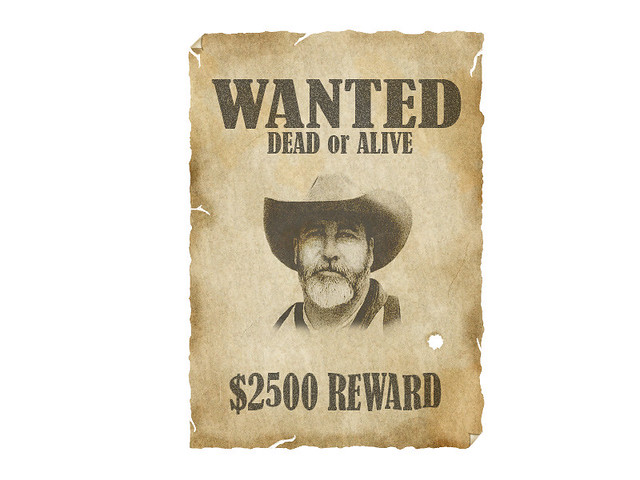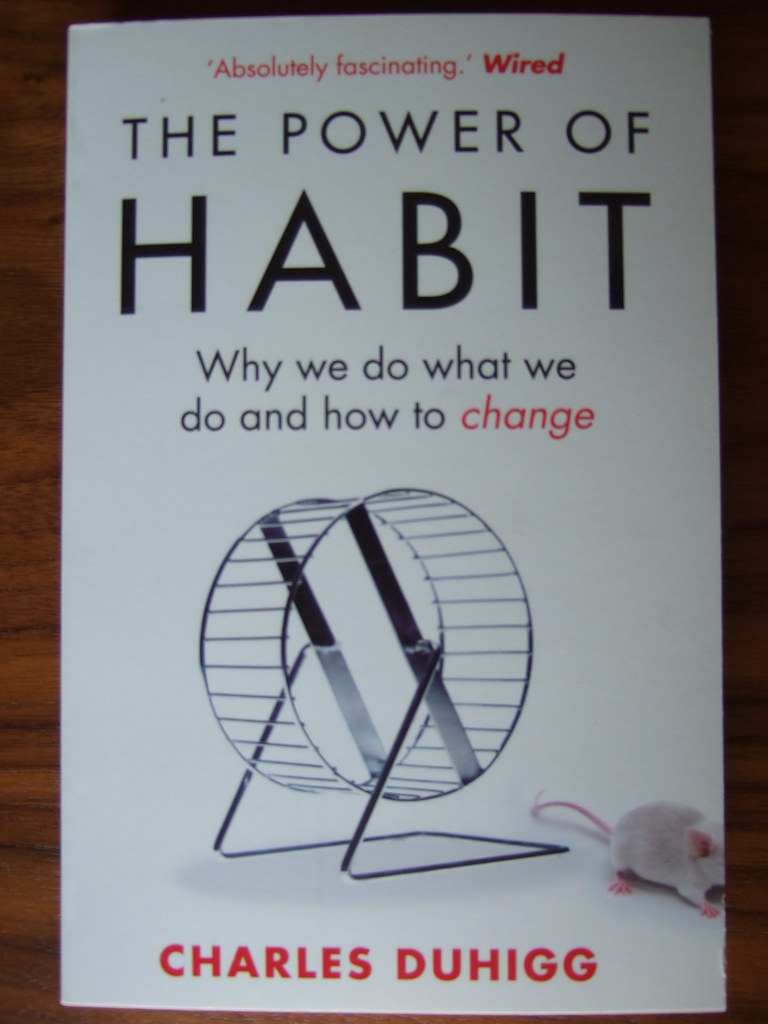SXSW 2017 was a terrific week spent in the presence of some of technology’s brightest minds, music’s best acts and film’s most creative souls. For Ketner Group, the event was a chance to lose sight of reality and dive into the fascinating beyond, the next era of the intersection between technology and humanity. It’s exhausting work, but hey, someone’s gotta do it.
It seems that with each passing year, SXSW does a better job of asking questions than providing answers. Maybe that’s because each one-hour session doesn’t do the experts on stage enough justice. How can someone who has dedicated their life to mapping the human brain using machine learning break that work down in one hour, while sharing a stage with the founder of Siri and a biologist learning how to grow everything we need by having intelligent systems program atoms and microbes? It takes the hour just to fully realize how much smarter these folks are than you!
But understanding the question that needs solving is the key first step to success. And we saw a few critical questions arise that anyone involved in commerce and technology will need to consider within the short and long term to ensure their prosperity. Some will be answered before SXSW 2018, and some not for many years, but the work starts now. Let’s dive in.
Artificial Intelligence and Machine Learning
Unless you’ve been living under a rock for the last few years, these are some of the most hyped technological concepts out there. And they were everywhere at SXSW 2017. And really, they should be. AI and machine learning will be incorporated into nearly every aspect of retail, from logistics and distribution to marketing to in-store and online customer experience.
AI has the power to greatly reduce the stress of manpower on a retail business, opening up human capital for more valuable roles that drive better experiences. Intelligent systems will understand human language and new age personal assistants will make Amazon’s Alexa look like a pet rock.
And as the founder of Kasita revealed, even your living room will be AI-heavy to the point that it may actually be artificial intelligence in physical form. TVs, window blinds, thermostats and many other items will become smart gadgets, learning how to adapt to your lifestyle and reduce your time spent doing menial tasks, which include buying things like groceries or razors. Watch out, because this one is going to be fun.
Conversational Commerce
Siri started the voice command personal assistant craze that has since grown into a full force commerce craze. But based on nearly any metric – capability, adoption, competition – it hasn’t yet hit the mainstream and is nowhere near its full potential. Alexa and Google Home can’t understand complex speech patterns, can’t infer deeper meaning from simple requests and are prone to making real mistakes, like ordering something because it overheard someone on TV or a demanding child say it. Chatbots will combine the best of speech recognition and cognition to make customer service a breeze. No, really.
Our voices will eventually replace our hands as our primary machine operating tools, and how retailers integrate this technology into their omni-channel platforms will be fascinating to watch.
Social Commerce
The golden rule in payments innovation is not to compete against other forms of digital payments, compete against cash. Social commerce has long been an area that retailers have felt could be the next frontier in omni-channel commerce. And as they started to understand its potential, conversation apps outpaced them. So what’s the future of social commerce? Think small.
Commerce on social media or conversation apps is not a significant growth area for enterprise level business, at least not yet. And part of this is the limitation of highly complex payment, banking and regulatory systems.
Instead, this is an area in which independent businesses, individual sellers and developing nations are the true pioneers. In fact, according to Facebook’s Director of Commerce & Payment Partnerships, Facebook alone has over 5 million businesses registered, many using it as a critical platform to do business.
Sellers can create mini-storefronts on their Facebook or Instagram pages, listing the products they have for sale, deleting the posts once they’re no longer in inventory. They can use peer-to-peer payments apps like Venmo to manage cashless and remote transactions, and communicate instantly via apps like WhatsApp and create a marketplace for their goods much broader than available within the constructs of their physical environment and local infrastructure.

The question for major retailers will be whether they can integrate massive SKU count assortments into this sort of framework, if the social and conversation apps will evolve with their platforms to enable a simple integration, or if social apps will avoid the invasion of commercial interests on an otherwise personal interaction space.
What Now?
For now, we wait, we watch and we marvel at the technologies that are revolutionizing our world. Within retail itself, we’ll continue to see the automation of process, the personalization of marketing and experience, and the simplification of consumption. Where we’re going, we don’t need answers (right away), we just need the right questions.
 Retail is changing faster than a teenager out of Nana’s Christmas sweater before meeting up with friends. We are witnessing major investments in omnichannel development, especially in tech-heavy areas like big data analytics, personalized marketing. Yet, investments into the role of the retail associate have not quite made it to the top of the priority list for many retailers. The tides they are a changing, however, and like an old episode of MTV Made, the savviest of retailers are undertaking the challenge of turning traditionally undervalued store associates into retail superstars.
Retail is changing faster than a teenager out of Nana’s Christmas sweater before meeting up with friends. We are witnessing major investments in omnichannel development, especially in tech-heavy areas like big data analytics, personalized marketing. Yet, investments into the role of the retail associate have not quite made it to the top of the priority list for many retailers. The tides they are a changing, however, and like an old episode of MTV Made, the savviest of retailers are undertaking the challenge of turning traditionally undervalued store associates into retail superstars. Men get the reputation for hating shopping, and I count myself among that group. The thing is, I like new things, I just hate spending time in a store, wandering aimlessly and breathing recycled air that makes me thirst for a cold beer, or even just a trickle of warm water from a fountain. A good shopping experience all comes down to stripping away challenges and time-consuming activities.
Men get the reputation for hating shopping, and I count myself among that group. The thing is, I like new things, I just hate spending time in a store, wandering aimlessly and breathing recycled air that makes me thirst for a cold beer, or even just a trickle of warm water from a fountain. A good shopping experience all comes down to stripping away challenges and time-consuming activities. Being the talk of the town on Halloween requires going beyond the cliché and finding an outside-the-box costume that people will also be able to understand and enjoy. Whether scrambling last minute and slapping a mask or a witch hat on or becoming a Goodwill regular hunting for the perfect accessory, Halloween revelers take advantage of Halloween to borrow a persona that extends far beyond their everyday personality. Done right, a Halloween costume can earn you some serious kudos.
Being the talk of the town on Halloween requires going beyond the cliché and finding an outside-the-box costume that people will also be able to understand and enjoy. Whether scrambling last minute and slapping a mask or a witch hat on or becoming a Goodwill regular hunting for the perfect accessory, Halloween revelers take advantage of Halloween to borrow a persona that extends far beyond their everyday personality. Done right, a Halloween costume can earn you some serious kudos.




 Hello world, it’s me, Aidan. I’ve somehow been lucky enough to find myself among the experts at Ketner Group, surrounded by some extremely creative, intelligent and kooky people for the last few weeks and am glad to report I couldn’t be happier to be here.
Hello world, it’s me, Aidan. I’ve somehow been lucky enough to find myself among the experts at Ketner Group, surrounded by some extremely creative, intelligent and kooky people for the last few weeks and am glad to report I couldn’t be happier to be here.